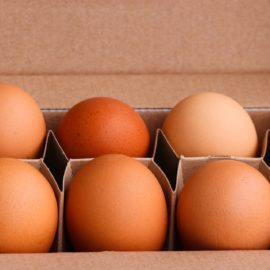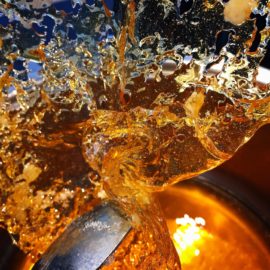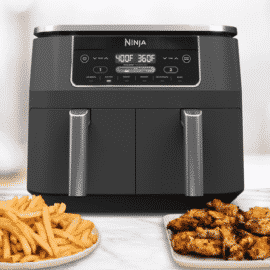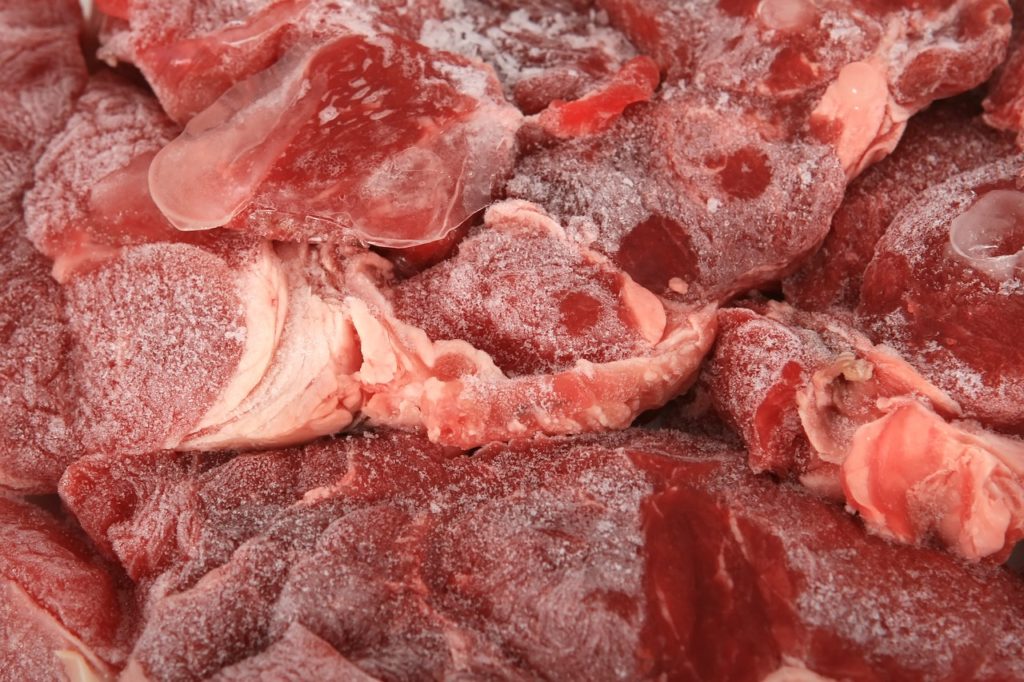
We freeze meat to preserve them for longer. The mechanism is very simple. The residual moisture, which bacteria need to grow, turns into ice. This effectively inhibits the growth of bacteria, and prevents foodborne illness. But how about the quality of the meat when you prepare it? Is is good? How is the taste? The texture?
If you are used to “flash freezing” meat at home, you better think it over. Industrial freezing is not the same as just chopping meat into smaller pieces, and then freezing them in your home freezer.
Here is why.
Industrial freezers can flash freeze meat efficiently
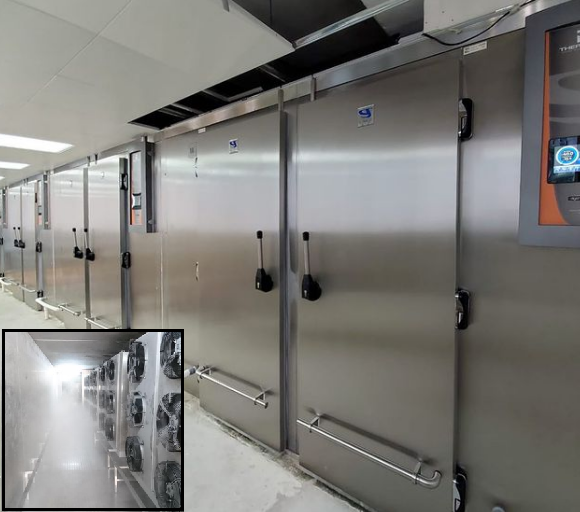
Like the name suggests, flash freezing (or blast freezing) is subjecting meat to an extremely low temperature quickly. The temperature is far below the freezing point of water at 32 °F (0 °C). A flash freezer (like the one above) must be able to maintain a temperature of meat at least -0.4 °F (-18°C) or lower. And an increase in temperature is only tolerable in short periods. You may want to read more on this with this document provided by the Food and Agriculture Organization (FAO).
Unlike home freezers, industrial ones use more power to make the temperature of food from around 158 °F (70 °C) down to 0.4 °F (-18°C) in just 240 minutes! This is possible by using powerful blower fans, which navigate cold air across the inside of the freezer.
Depending on the design, other freezers can quick-freeze foods in other ways.
You might want also like: What Is Chilling in the Food Industry?
Why the rush though?
It is simple—we do not want large ice crystals.
When we freeze meat, the water inside crystallizes, like I mentioned. The thing is that freezing produces ice crystals, which is normal. But the longer the freezing takes, these sharp crystals become bigger. And that is not desirable.
What is wrong with large ice crystals?
Freezing naturally involves the formation of ice crystals. A longer freezing time makes the ice crystals larger. These are sharp enough to pierce and damaged the meat’s structure. And the meat loses water once the meat thawed. Obviously, this is not a good thing as the meat becomes less tender and juicy.
This is why home freezing of meat is not recommended. Unlike the ones used in commercial kitchens and cold storages, home freezers do not have the capability to produce enough power to quick-freeze meat efficiently.
Freezer burned meat
A phenomenon referred to as freezer burn, this occurs when the water froze, and migrated out of the meat to find itself in the coldest part of the freezer. It is apparent when the meat looks discolored, tough, and shriveled. Furthermore, the fats in the meat gradually oxidize, degrade and turn rancid. Freezer burned meat is totally safe to cook and eat. But it is not appetizing to consume anymore.
One way to combat this is by placing the meat in an airtight wrapper before freezing it. It helps by trapping the water molecules. Remember though that the water will eventually escape. So do not freeze meat for too long.
How long can you freeze meat?
Frozen meat is safe indefinitely. But longer freezing time may result in loss of quality. Particularly, it affects the taste and texture. The below table are the guidelines for freezer storage of meats, as provided by Foodsafety.gov. You may want to check out the whole list on their page.
| FOOD | TYPE | FREEZING TIME (0 °F OR BELOW) |
| FRESH CHICKEN OR TURKEY | Whole | 1 year |
| Pieces | 9 months | |
| FRESH BEEF, VEAL, LAMB, AND PORK | Steaks | 4 to 12 months |
| Chops | 4 to 12 months | |
| Roasts | 4 to 12 months |
